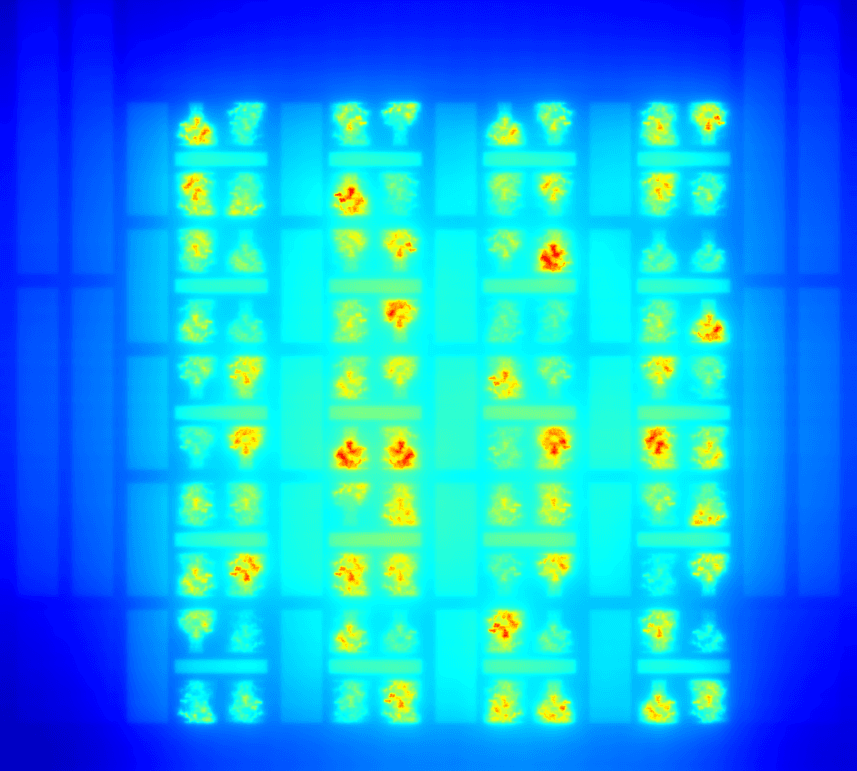Automated, Yet Human-Centric Scheduling for Improved Home Care
Projections of the United Nations’ ‘World Population Prospects’ report show that more than 50% of the people living in Western Europe will be aged 65 or older by 2050. No doubt, with this aging population comes increased pressure on our health care systems.
Home care organizations will play a pivotal role in taking some of that pressure away, enabling elderly people to continue to live a qualitative live in their own homes for as long as possible. Yet, while more – and increasingly complex – care needs to be provided, resources (both in terms of personnel and financial support) are plummeting.
Taking this new reality as a baseline, HACES investigated the development of an automated decision support tool that helps human planners schedule complex home care activities more efficiently; a tool making sure that excellent care can continue to be provided while optimally supporting the caregivers in the field.
Nathalie Roman (Landelijke Thuiszorg) explains: “Scheduling home care support for our clients – in close collaboration with formal and informal care suppliers – and creating the underlying staf rosters is like trying to solve a very complex puzzle. It requires a wide range of ever-varying parameters to be taken into account, ranging from each client’s specifc care needs and the role of other care suppliers, to the availability of our caregivers. And things become even more complex when last-minute changes occur – such as caregivers suddenly falling ill, new clients that need to be added to the schedule, or a client suddenly requiring hospital care; all while putting the best possible integrated care center stage.”
“Today, planning for all of this – and catering for on-the-fly changes – is still largely a manual exercise. Hence, we investigated whether efficiency gains and more and better care can be realized by partially automating this process, leveraging advanced scheduling algorithms that advise our human planners on building close-to-optimal schedules. The goal was to come to a sustainable care planning solution that brings added value both for the human planners and for organizational KPI decision making.”
THE OUTCOMES
Extensive user study reveals current scheduling weaknesses and best-practices
At the start of HACES, human planners at consortium partners Gezinszorg Villers, Landelijke Thuiszorg and Thuiszorg Vleminckveld participated in an extensive user study. It not only aimed at mapping current scheduling weaknesses and best-practices, but also tried to propose highly-dynamic scheduling and planning techniques to address some of today’s shortcomings. As such, the user study laid the foundation of HACES’ optimization algorithms as well as the resulting software tool.
HACES’ scheduling algorithms allow for fast staf roster updates and important efficiency gains: up to 30% more time can be spent on daily care of – and contact with – clients
The optimization algorithms at the heart of the HACES decision support tool come with increased performance – in terms of computation speed, quality of care and planning.
“Today, accommodating ad hoc changes to staf and client planning can take human planners 30 to 60 minutes a day – depending on the amount and complexity of the changes. Using the newly-developed HACES scheduling algorithms, however, a solution is presented to them in just a couple of minutes,” says Pieter Smet (imec - KU Leuven). “One of the main characteristics of our approach is the algorithms’ ability to create staf rosters based on smaller tasks (such as 30 minutes of cleaning or 45 minutes of cooking), rather than bigger blocks of two to four hours. Not only does this better refect clients’ real care needs, the fexibility that comes with such approach has also proven to translate in signifcant efficiency gains: up to 30% more time can be spent with, and taking care of, clients!”
“Our solution is several steps ahead of existing models. For instance, it can dynamically adjust the duration of a certain task to the amount of time that is available (busy versus less occupied moments). Another unique characteristic are the built-in management functionalities to reach the KPIs set at an organizational level, such as focus on complex target groups, containment of mileage costs, etc. As far as we know, no other general model combines as many complex scheduling, human and healthcare characteristics as the HACES model.”
“Uniquely as well, the underlying software goes beyond pure mathematics to also include the human aspect to task scheduling. It does so by providing feedback on how it gets to a certain solution, which was found crucial to making human planners accept the proposed solution,” adds Nathalie Roman.
Combining the expertise of all HACES project partners in the commercial Plan@SAGA scheduling platform
Project partner Tobania is currently integrating HACES’ key insights and technology components in its Plan@SAGA project decision support tool; a tool already used by more than 400 customers to plan their workforce.
Haces Leaflet
Haces Video
HACES
Automated, Yet Human-Centred Scheduling for Improved Home Care.
HACES is an imec.icon research project funded by imec and IWT.
It ran from 01.10.2015 until 30.09.2017.
Project information
Industry
- Gezinszorg Villers
- Landelijke Thuiszorg
- Thuiszorg Vleminckveld
- SAGA Systems
Research
- imec - mintlab - KU Leuven
- imec - ITEC - KU Leuven
Contact
- Project lead: Elsemarie Van De Wauwer
- Research lead: Greet Vanden Berghe
- Innovation Manager: Eric Van der Hulst











